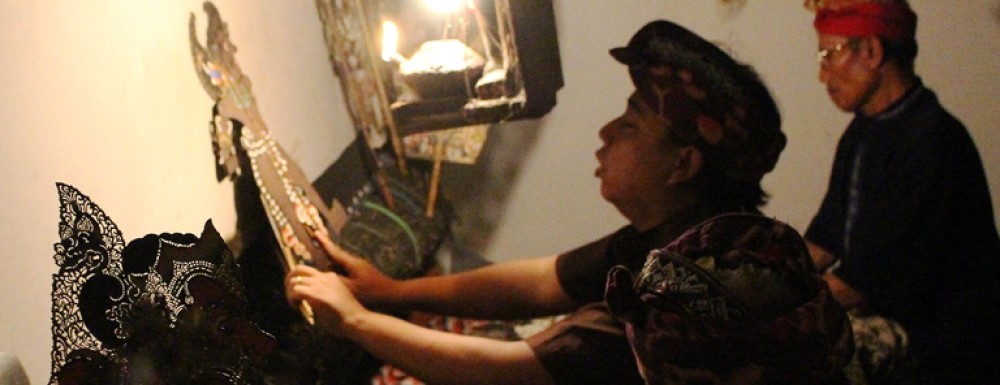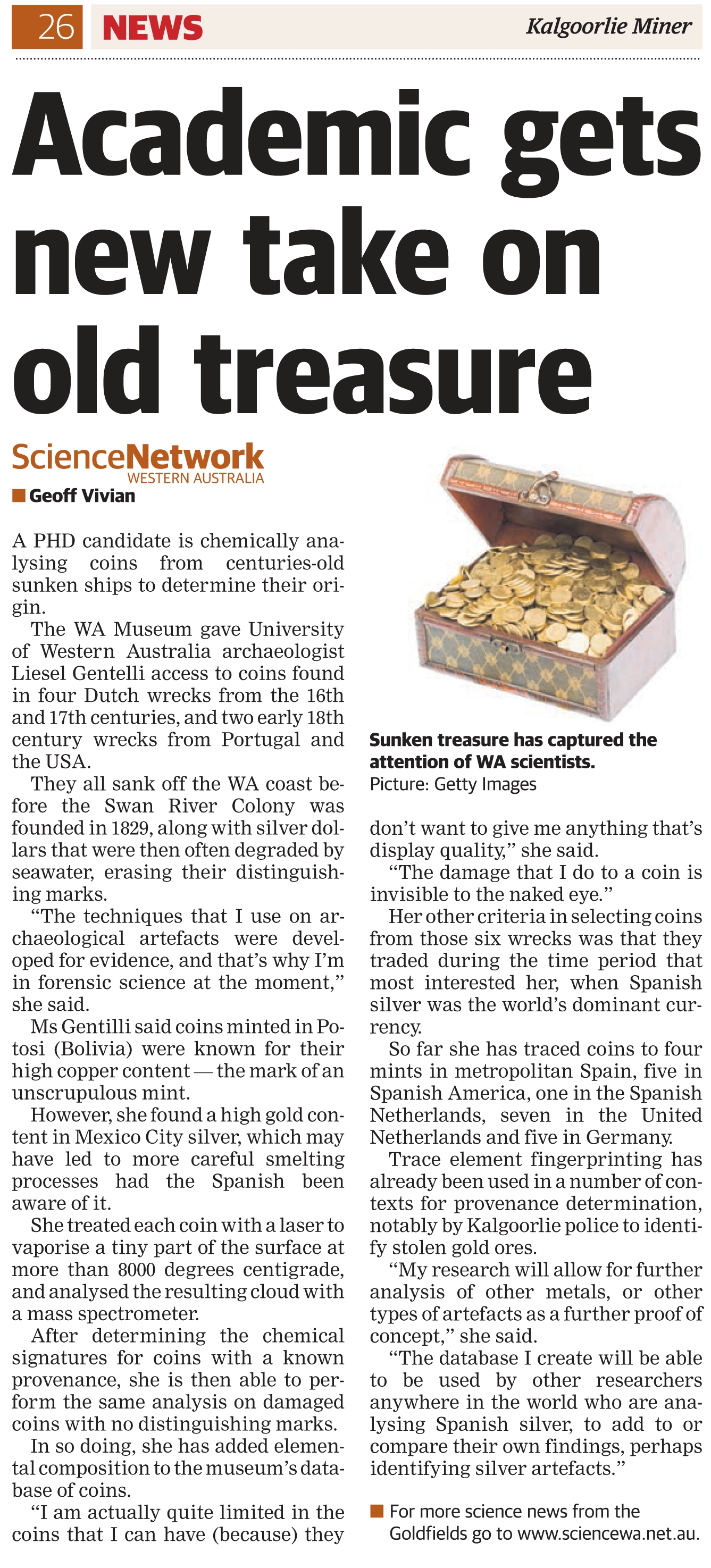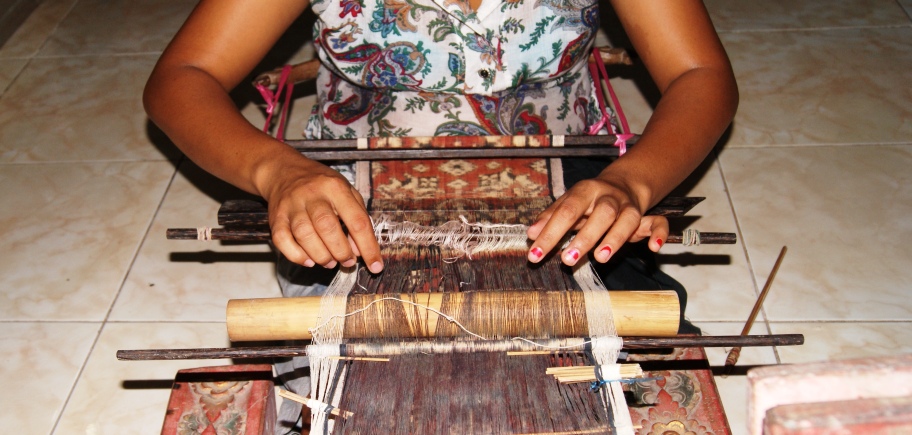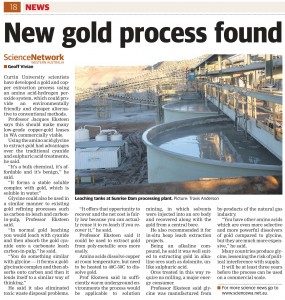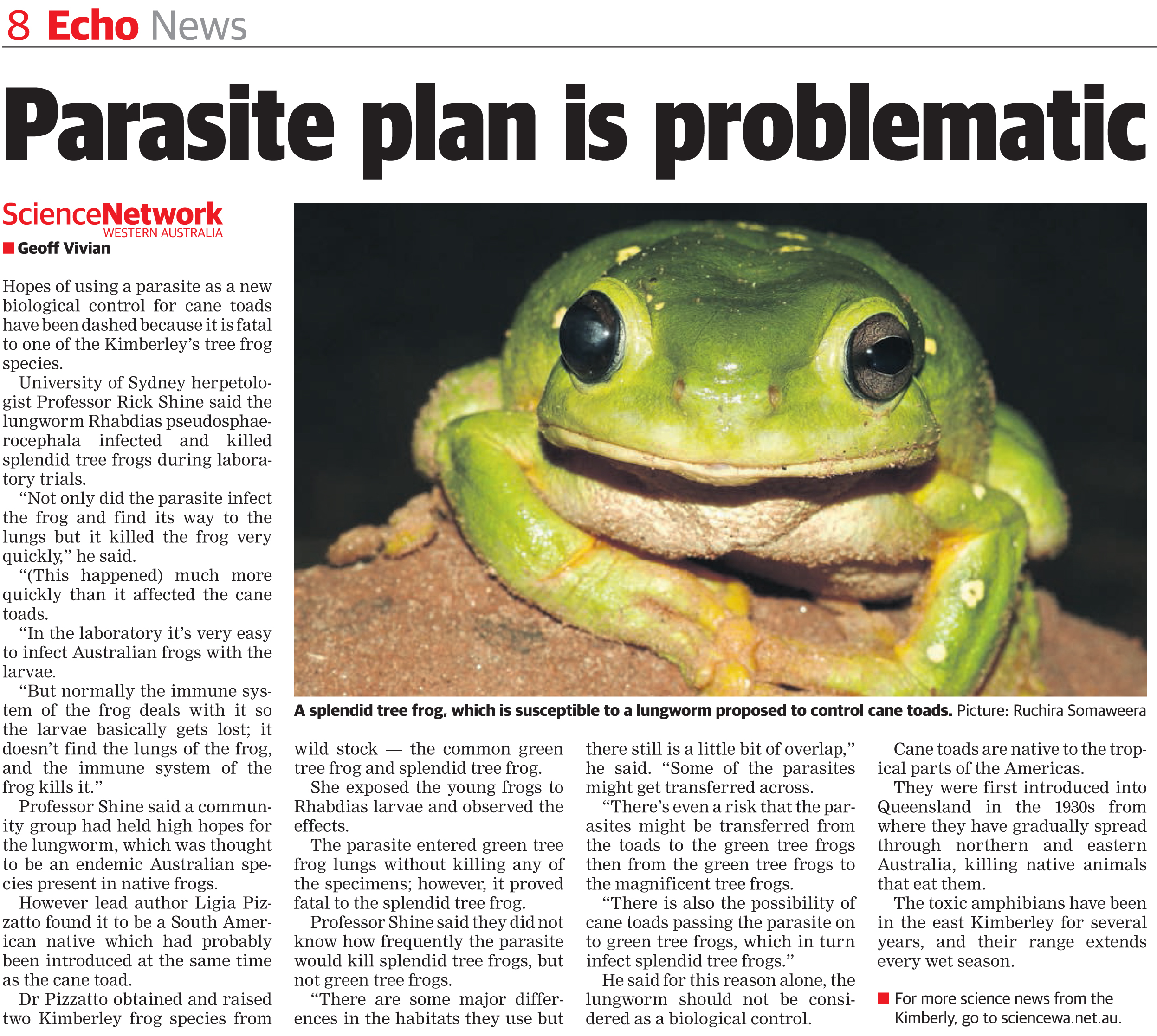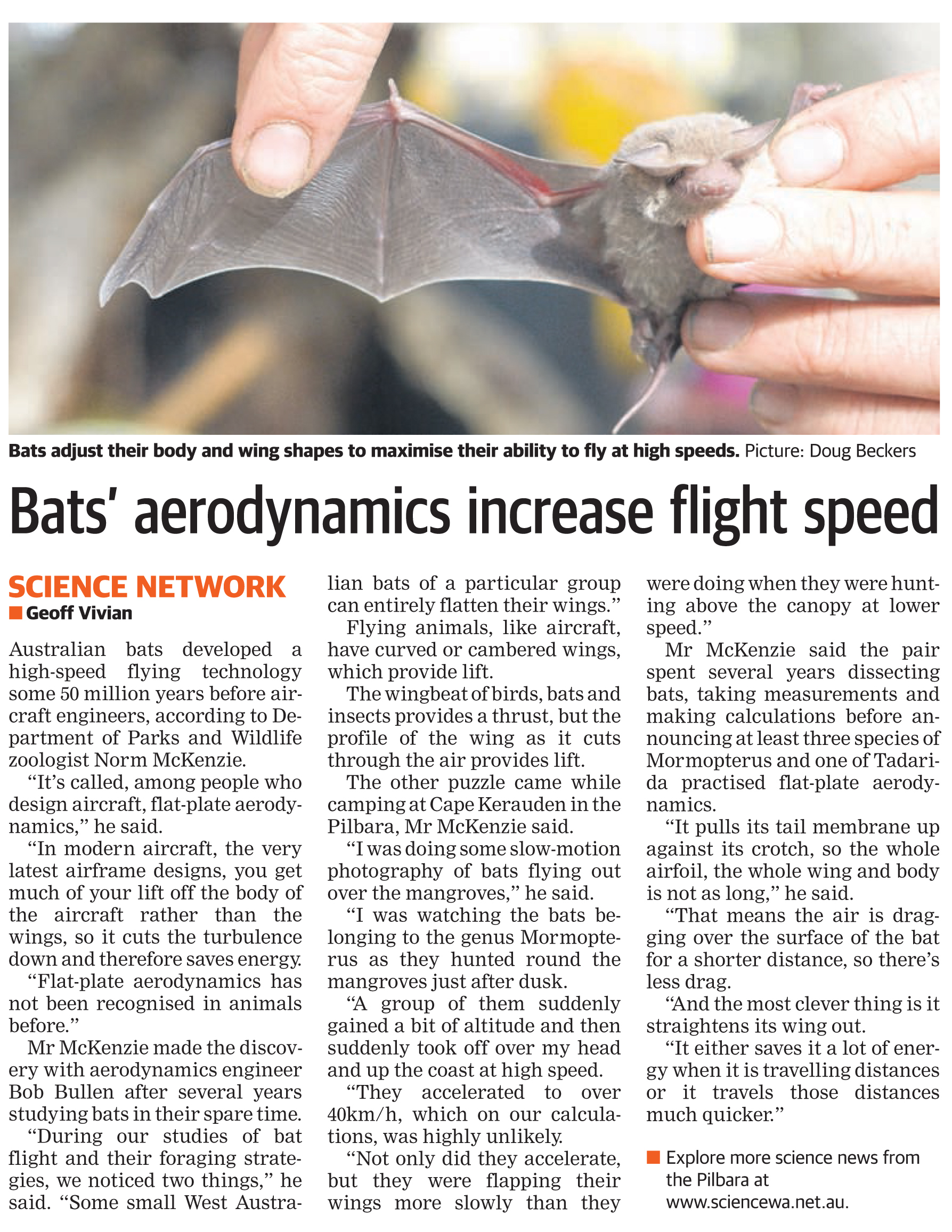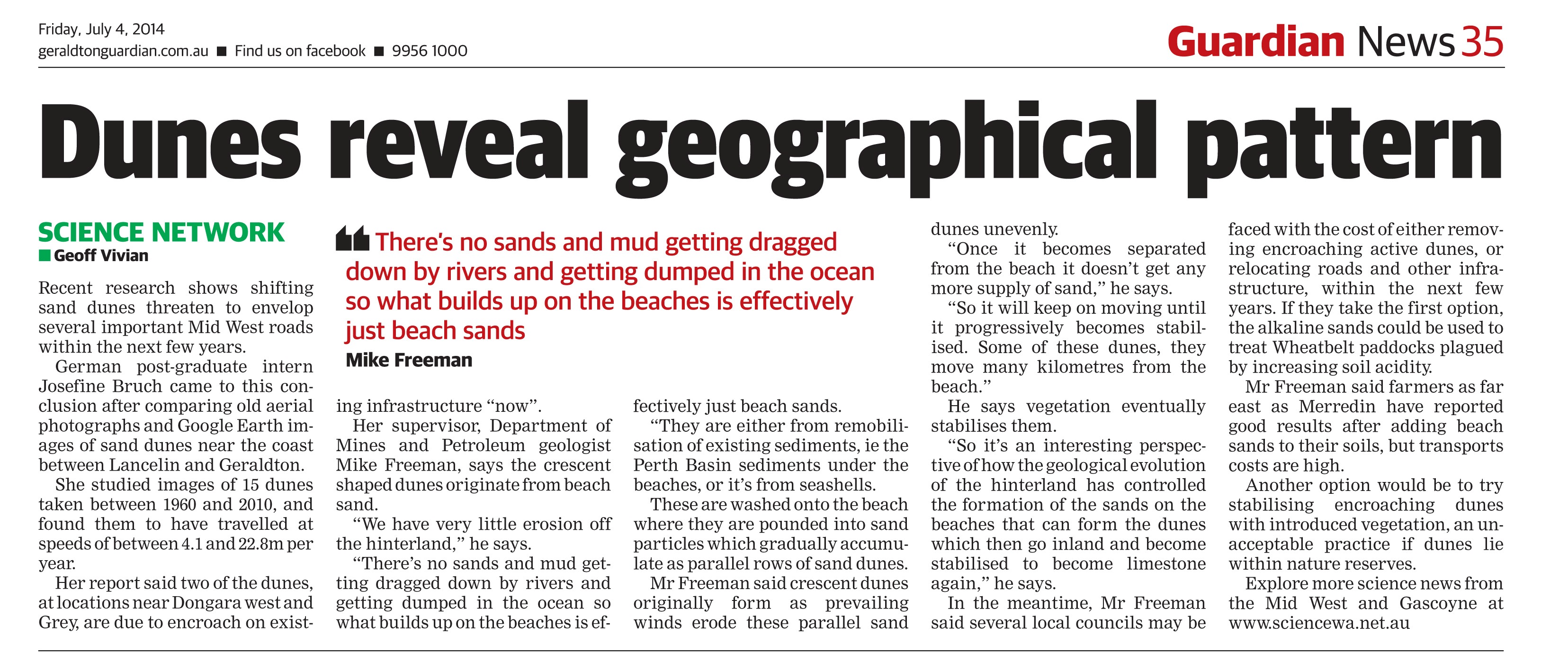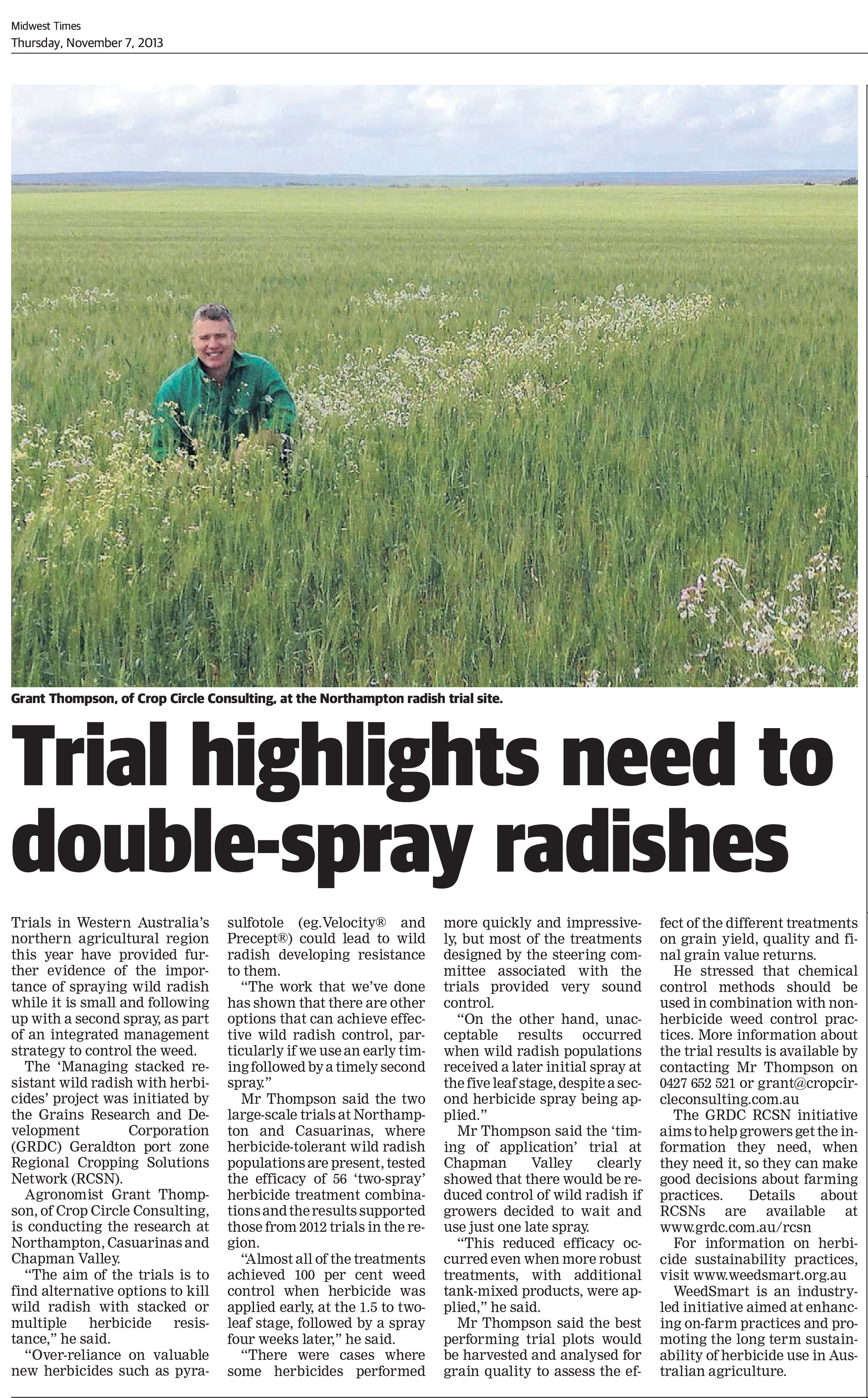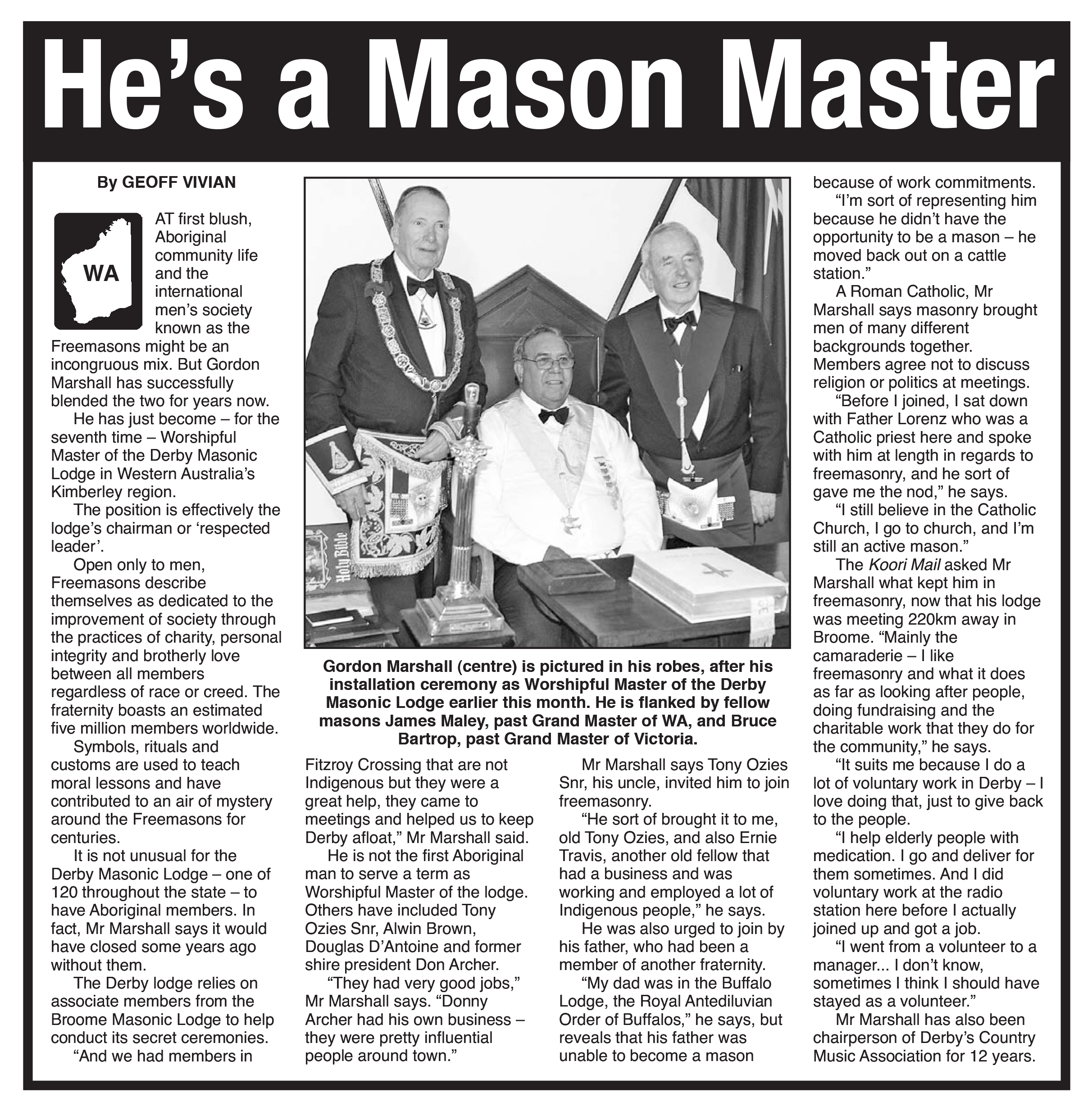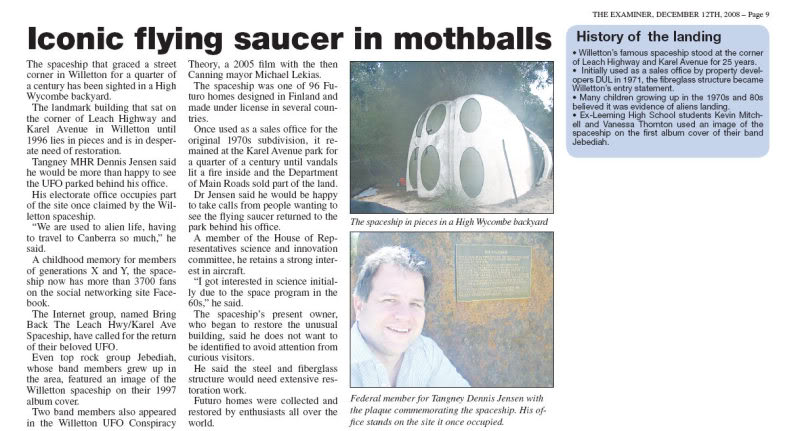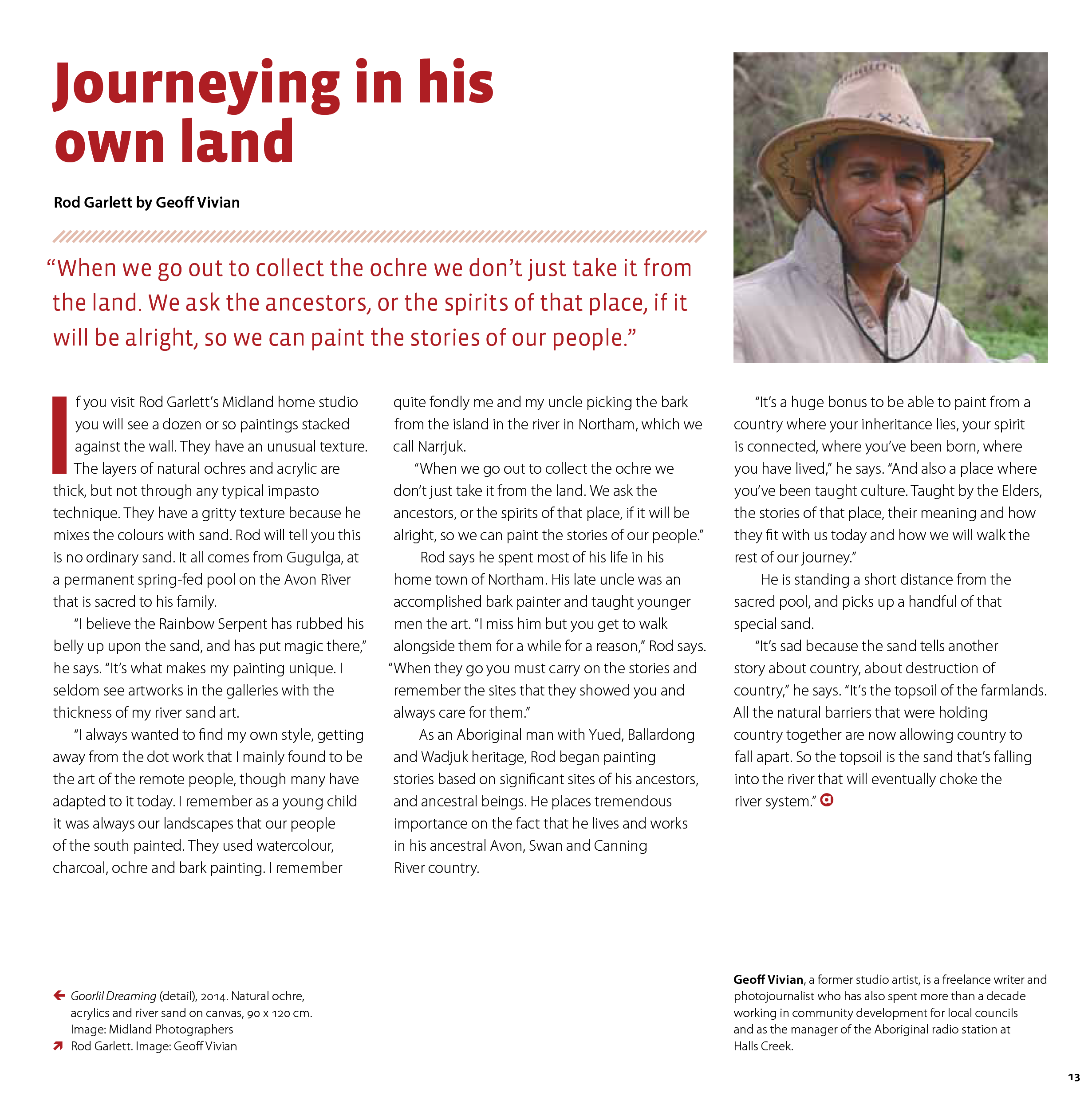Archaeologist Liesel Gentelli has borrowed techniques used by the police gold stealing squad to identify Spanish silver coins from old ship wrecks.
The WA Museum allowed her to study deformed lumps of silver from six ships wrecked off the west coast before the days of the Swan River Colony.
Ms Gentelli identified silver dollars from far-flung mints in Mexico, Peru, Spain and the Netherlands from the time when Spanish silver was the world currency.
She switched majors from archaeology to forensics to pursue this major project for her PhD studies.
This story first appeared in Science Network WA on 5 October 2014. The Kalgoorlie Miner republished it on 8 November 2014.
Science Network WA [read this story]
